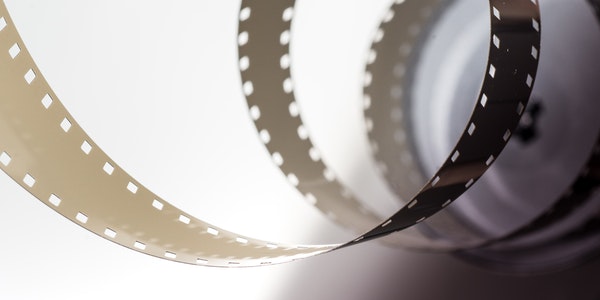Since the 1930s, the film industry has flourished in the United States, and star actors have become the most important assets of film companies. The core of the film lighting work is to use all means to make the actors beautiful. This situation continued until the 1960s.
In order to make the actor look refreshed on the screen, no matter what scene is shot, the first thing to consider is to make the actor’s face exposed correctly, not caring about the brightness balance between the character and the environment, as in the example above.
First look at the beauty, ah, sitting at the golden section on the right side of the frame, her face is delicate and ruddy, not bad! Looking at the scenery outside the window again, I found the problem, the actress’s face is actually brighter than the sky outside the window.
Is it reasonable? This was a problem that didn’t need to be considered at the time. As long as you were on the same scene with the star actors, the sky would be dark, and the sun would go dark!
This kind of willful notion dominated the film industry for a long time. The movie screen stage is like a reappearance of theatrical stage. For the glory of the actors, all backgrounds must be humbled and dimmed.
Okay, the actors are beautiful, what’s the atmosphere of the scene? Please see the picture below: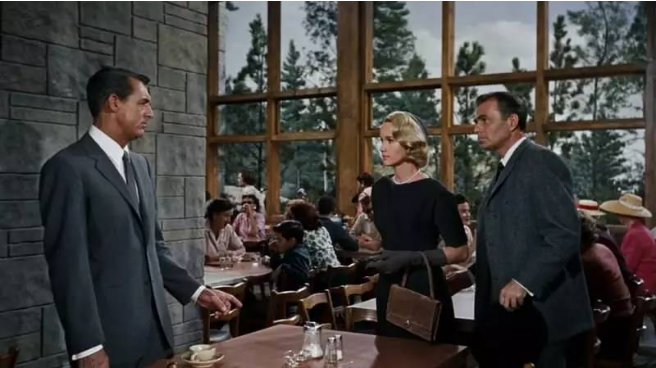
This scene comes from the thriller “North by Northwest”. In this scene, the protagonist (left) in crisis meets with a spy, and the atmosphere is quite tense.
In order to fully expose the characters, the scene was beaten up and down. The color film in the 1950s is only about iso25. It is conceivable how much light is needed to shoot this scene.
The bright scenes dilute the thrilling drama atmosphere and make the picture dull. From today’s perspective, this lighting design is really thankless!
Look at the above picture again, the three protagonists are surrounded by light, and the main light, secondary light, and contour light are all available, completely separated from the environment.
In the movie lighting at that time, modeling light was abused uncontrollably. Normally, celebrities enjoy this kind of treatment. Who doesn’t want to look more beautiful? But in order to be beautiful, a corresponding price must be paid.
In order to obtain the “perfect” light effect, after the lighting is set, you can only perform in the designated position and cannot move freely. In the close-up shots, you can’t even twist your head casually, completely becoming a captive of the light.
For example, in the movie “Roman Holiday”, the little princess prepares to go to bed.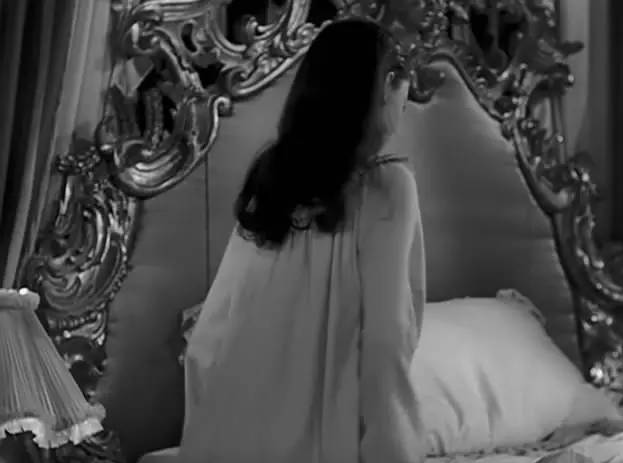
Action! The little princess is ready to go to bed.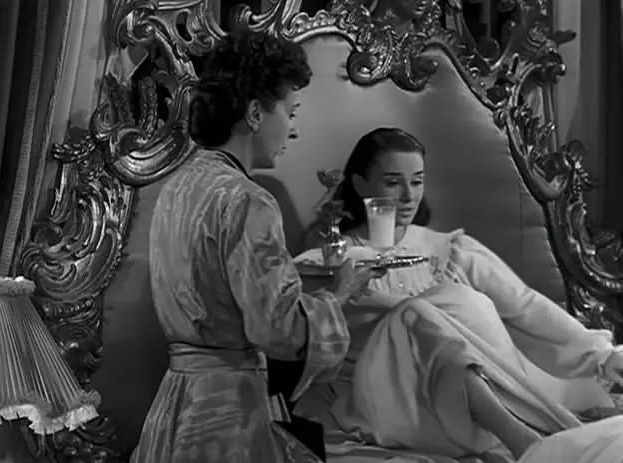
The princess sat down, and the modeling light was waiting here. The main light of the character’s face was meticulously illuminated at 45 degrees, and the shadow contrast was carefully controlled. What’s even more surprising is that in such a small space, the contour light is also painstakingly applied (look at the bright spots on Hepburn’s hair) for the sake of beauty, it is really well-intentioned.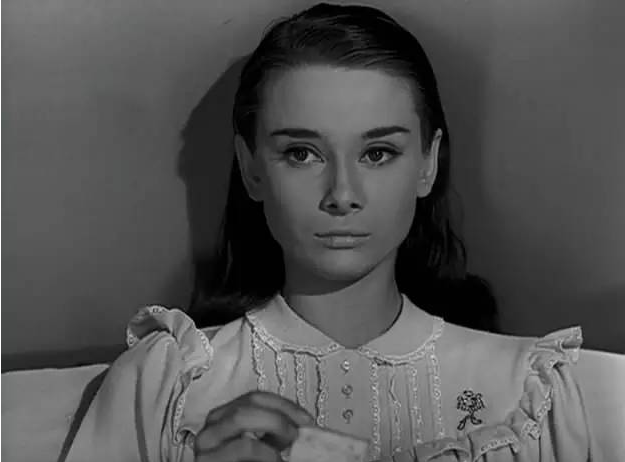
Then there is a close-up of Hepburn’s front, with a beautiful face and perfect lighting.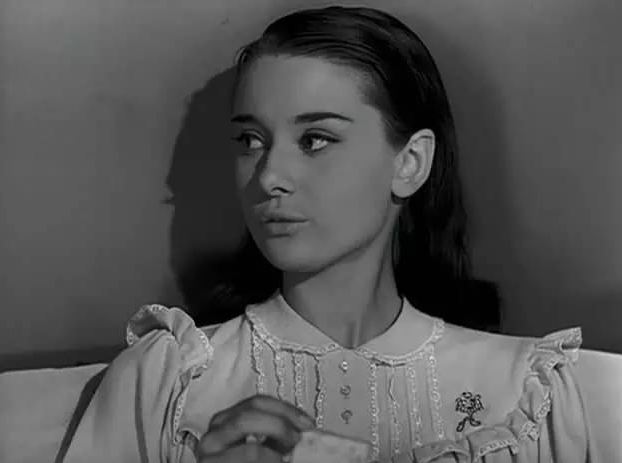
The princess started to talk to the maid, and while talking, she turned her head unexpectedly. Seeing that the side-light effect is about to appear, is this okay?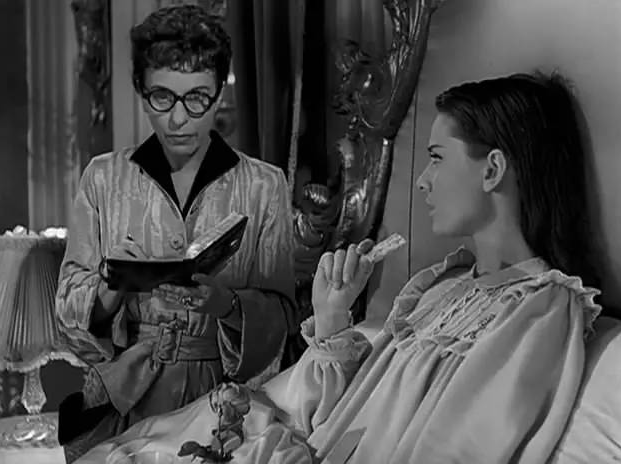
The camera switched immediately, saving Hepburn’s perfect image.
I don’t know what Hepburn said about the performance of this scene. Anyway, I feel that the acting is strangely stiff, restricted in position and restricted in movement, and there is no room for full play. But having said that, the audience watched this film just to see their faces. Who cares about the performance itself?
In that era, there were also great people who dared to challenge stereotypes, such as Orson Wells, the director of “Citizen Kane”.
Orson Wells was a radio drama director. “Citizen Kane” was his first film work. Due to his lack of experience in the film industry, his understanding of cinematography got rid of the barriers of the times, making this work unique The visual style is very avant-garde and refreshing.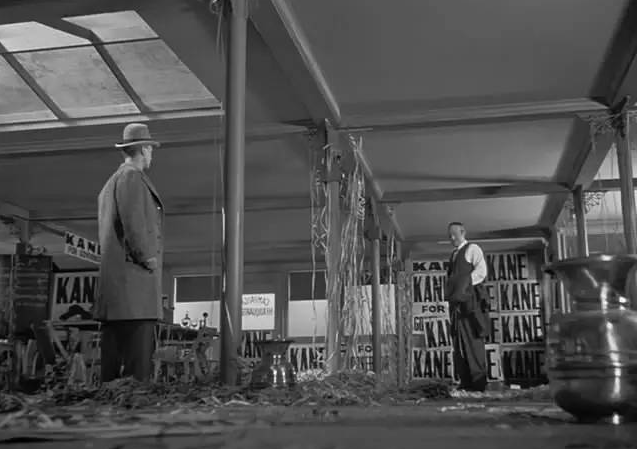
The scene in the above picture will never appear in the previous Hollywood movies, because indoor low-angle photography will inevitably shoot the ceiling, while in the previous Hollywood movies, the ceiling is the position of the hidden lights and it is forbidden to appear in the lens. .
Wells didn’t care so much, in order to get the shape of the character in the upward shot, so he shot. The lighting uses foot lighting, which is another bold move to destroy the stereotypes. Regardless of his character modeling light, everything depends on obeying the atmosphere of the scene.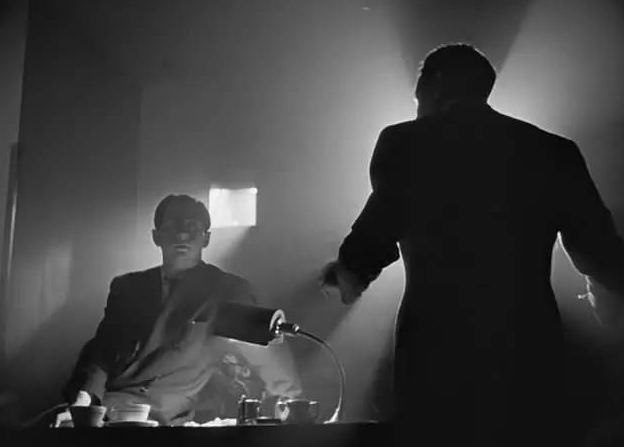
Looking at this scene again, the character is in front of the window, his face is completely black, destroying the dogma that brightens the actors and suppresses the environment, and is full of provocation.
This scene coincides with the lighting design of some of today’s literary films, that is, the ambient light is the leading factor, and the actors’ light effects are no longer considered separately. Actors perform in real scene light. It doesn’t matter if it is bright or dark.
The problem is that the audience at the time was used to the handsome men and women surrounded by modeling lights. The avant-garde lighting design of this movie did not suit the audience’s taste, which led to a fiasco at the box office. People only realized its outstanding value several years later.
Of course, the development of the concept of film lighting does not completely rely on the exploration of certain geniuses, more often it is the result of technological progress.
